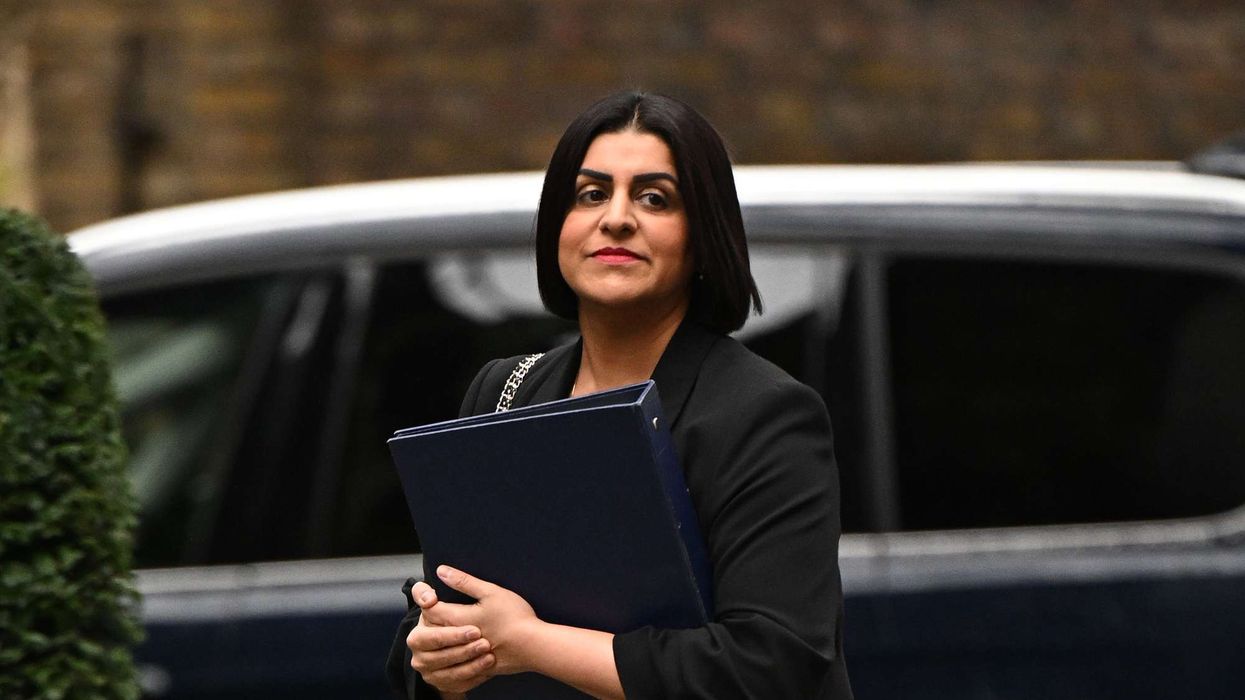Actress talks about her interesting journey
A distinguished acting career has seen Neelu Kohli make an impressive mark on television with impactful roles in popular drama serials that include Ghar Set Hai, Yeh Jhuki Jhuki Si Nazar, Choti Sarrdaarni, Madhubala – Ek Ishq Ek Junoon and Na Bole Tum Na Maine Kuch Kaha.
She has mixed up top TV work with starring roles in films, like recent releases Jogi and Goodbye.
The versatile actress will continue to mix up the roles on different mediums and add weight to major projects with her marvellous acting talent.
Eastern Eye caught up with the powerful performer to discuss her interesting journey, acting, acclaimed film Jogi, working with Amitabh Bachchan on Goodbye and what she enjoys as an audience.
Which of your roles is closest to your heart?
All my roles are very special. That is why I did them, but somehow my role in Jogi was close to my heart because it was like redemption, as the events happened to my family. So I was aware of all the pain while doing the film, and it kind of came out. It wasn’t venting, but somehow a balm on everyone’s old wounds.
Which character challenged you most?
There’s a small role I play as a police inspector with Shreyas Talpade in a forthcoming film. It was very unlikely for me to play somebody in a uniform, do comedy, and match Shreyas Talpade. I was really challenged by doing that. Otherwise, I think the prep for every role, prepares you before going on set.
How much does the positive response to acclaimed Netflix movie Jogi mean to you?
I have received appreciation for my past drama serials, but the surge of compliments globally for Jogi has been on another level. From social media and press to people walking up to me, including those who have been too snooty about actors, the positivity has been overwhelming. They have praised the performances and film, but also opened important discussions about the subject it covers.
What have your contemporaries thought of Jogi?
My co-actors, including those who have never called, appreciated my work in
Jogi. So, it’s huge and a great high when you get something like this. I just hope it enables me to play more roles with a lot more meat on them, which I have been craving for all these years. I’m just crossing my fingers and hoping this film is a big turning point.
What was the experience of working on the film Goodbye?
Goodbye was like a party. It was such a ball working on the film, and there were all these happy hormones. Vikas (Bahl) is such a sweet director. I hope to work with him again. He’s so good and the team was awesome, of course. The cherry on the icing was that all my scenes were with Amitabh Bachchan sir.
What was it like working with him?
I don’t normally get starry-eyed or intimidated while working with these so-called biggies because I never forget what I’m there for. I might do it once the scene is over on the first day, otherwise, I take my work very seriously. But with Mr Bachchan, it was different because naturally he’s been for most of us an ideal and is my childhood crush. So, the first day I had this silly grin on my face but after that I was okay.

What is Mr Bachchan like on set?
I was just in awe of the way he works. He’s so professional and observant. He knows exactly what to do during the shot. Otherwise, he sits very quietly in one corner with his phone. He doesn’t talk too much but is very observant and aware of what’s happening around him. He adds such minute inputs, so smoothly. There is so much you can learn from sir. It was a beautiful experience.
Do you have a dream role?
I admire women in uniform. Anything to do with women in uniform is something I love doing, which is why I did this forthcoming film with Shreyas. Uniform is something that really intrigues me and gives me this sense of power. Any meaty role in that space is a dream.
What content do you enjoy watching as an audience?
I have very diverse interests, so watch anything from comedy to something really dark and intense. Whether I am watching a series to see how a character evolves, or a story from start to finish, in a series or film, the ending should be happy. That’s my biggest criteria and why even with Jogi, I was kind of taken in because of the ending. I’m one of those happy-ending kind of audience.
What does acting mean to you?
Acting to me is comparable to breathing. I think I would die if I didn’t act. I’m happiest when on set and creating something, and don’t say this for effect. I mean this from the bottom of my heart because acting is my world. It’s my love, passion, blood, and oxygen. Acting is everything to me. I have started appreciating and enjoying my work so much that it gives me a high after a hard day’s work. When your body hurts and you lay down on your bed, you realise it has been a productive day. That’s the best time for me, I feel.
Why should we watch Goodbye?
Everyone should watch Goodbye because it’s a film filled with values, happiness, and togetherness. Goodbye has a unique combination of actors. Mr Bachchan and Neena (Gupta) Ji are like magic, and I’m so much in love with her. The entire cast, including Rashmika Mandanna, Pavail Gulati, Sahil Mehta, Abhishekh Khan, Elli AvrRam, Sunil Grover, Ashish Vidhyarthiji, and everyone are amazing in it. It’s a very sensitive film and, of course, also has Neelu Kohli. (Laughs) So, if not for anyone else, do watch for me.
Instagram: @nilukohli





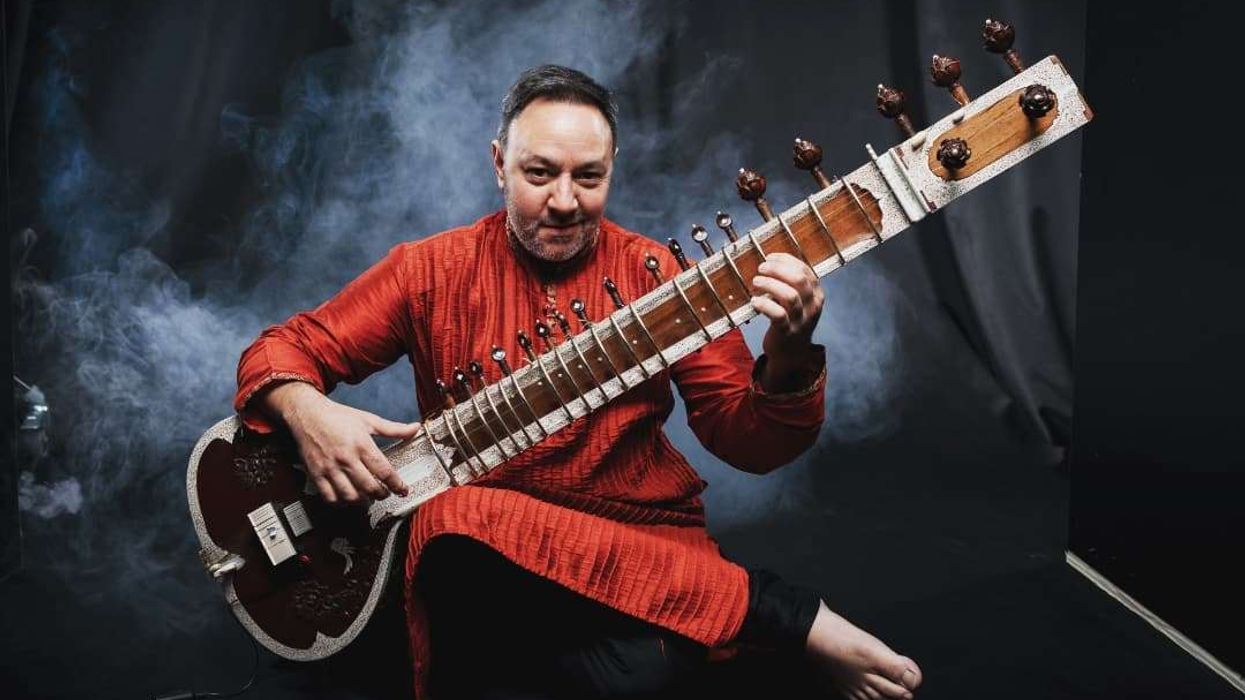
 Jonathan Mayer on the sitar and beyond Instagram/the_sitarist/ @sat_sim
Jonathan Mayer on the sitar and beyond Instagram/the_sitarist/ @sat_sim 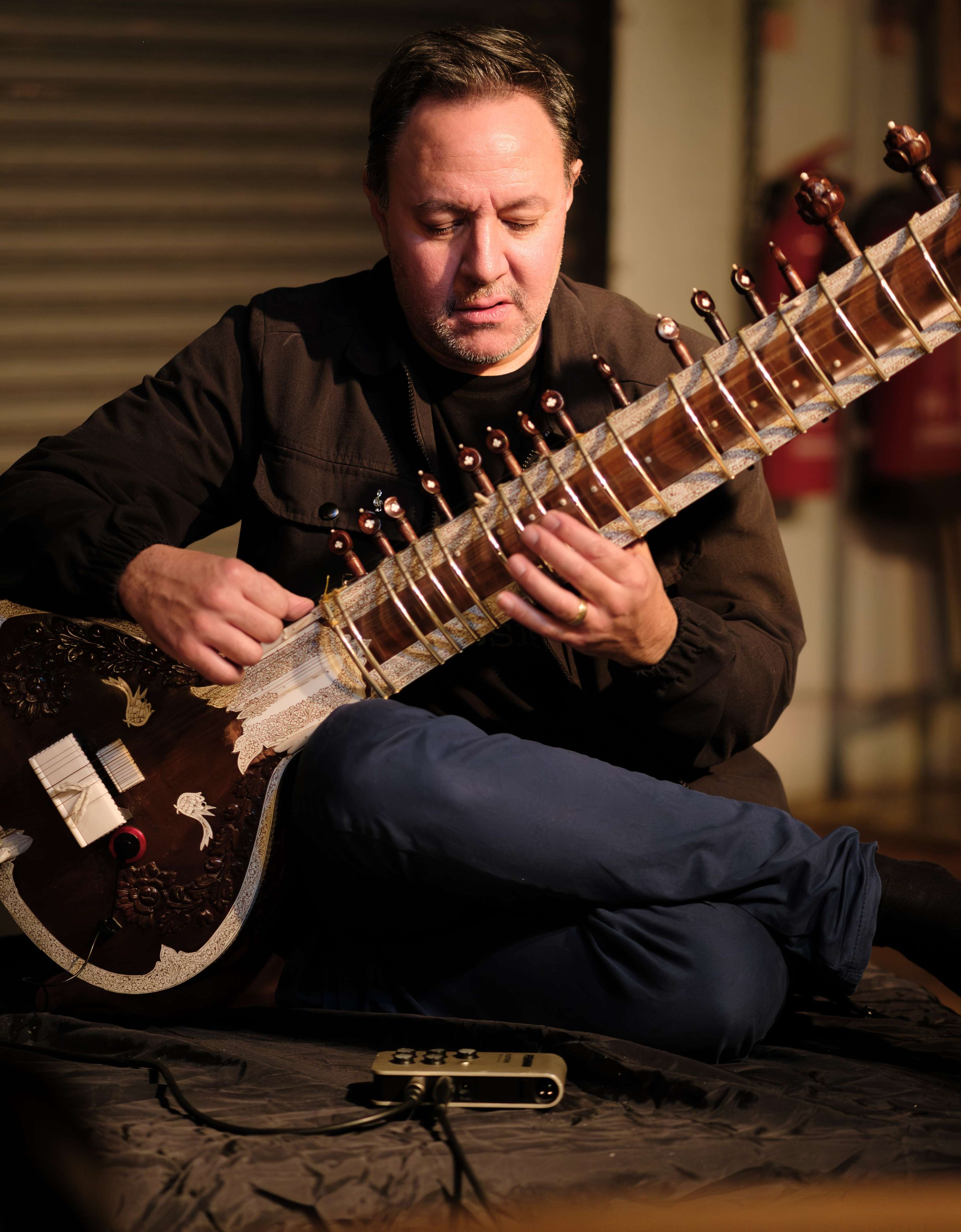 Redefining Indian classical music with Jonathan Mayer Akil Wilson
Redefining Indian classical music with Jonathan Mayer Akil Wilson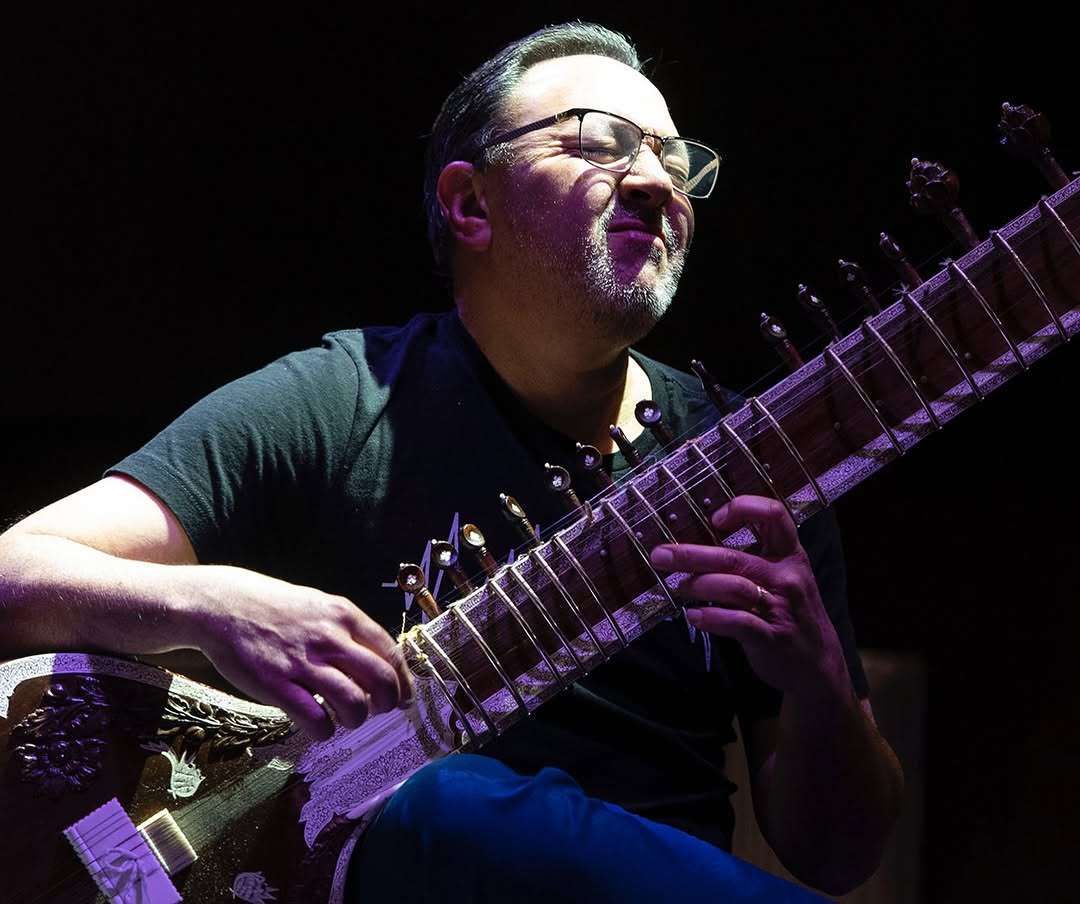 Jonathan Mayer on music without boundaries Instagram/the_sitarist/
Jonathan Mayer on music without boundaries Instagram/the_sitarist/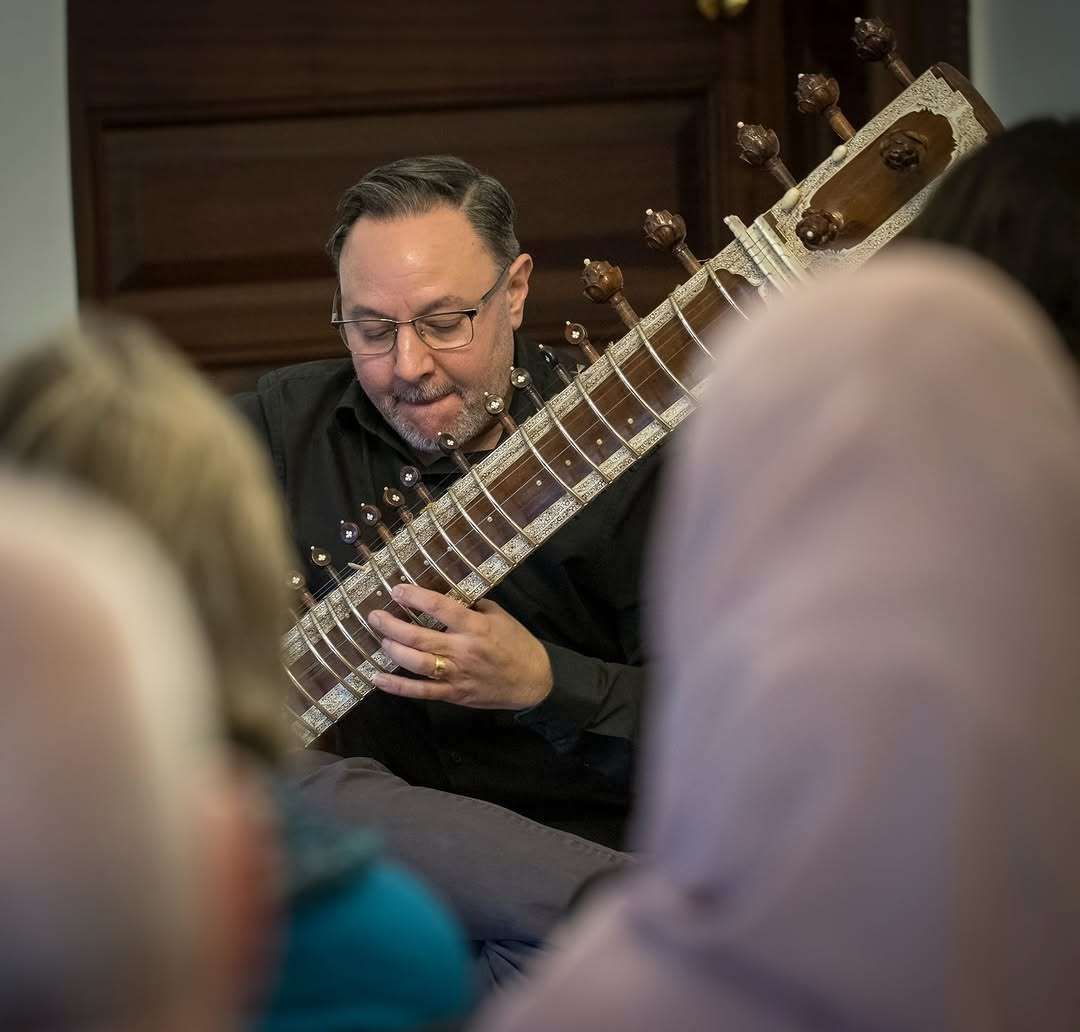 Jonathan Mayer on teaching and performing Indian music Instagram/
Jonathan Mayer on teaching and performing Indian music Instagram/





